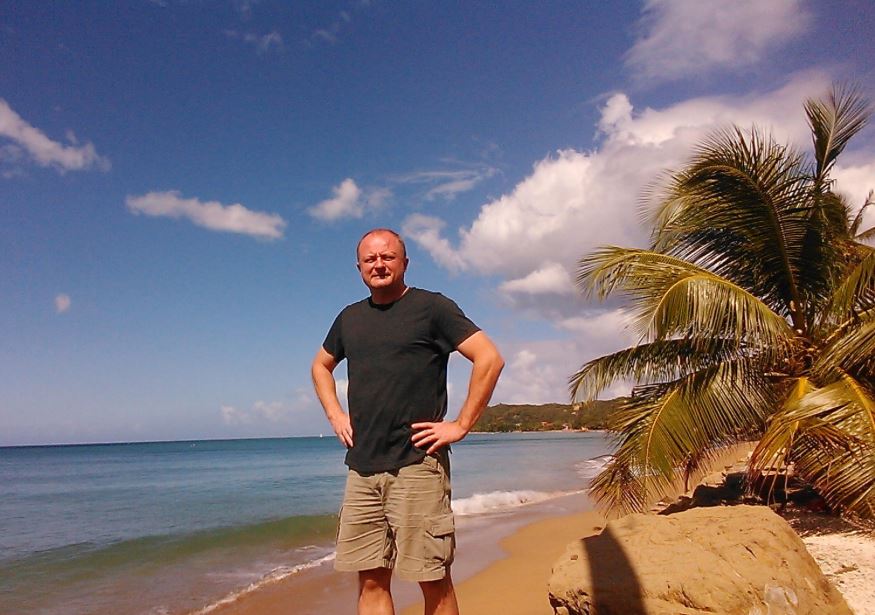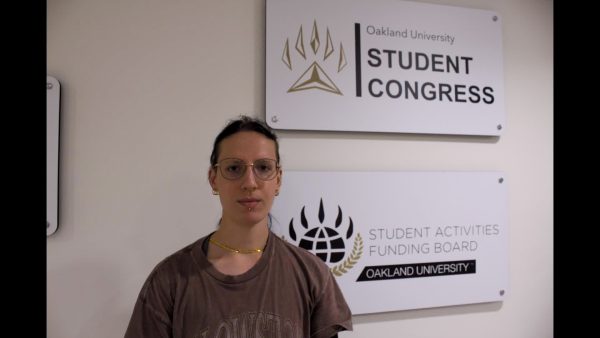Genome mapping used to save endangered parrots
Species all around the world are going extinct and populations are dramatically decreasing more each day due to destructive human activity.
The Puerto Rican parrot was one of these species. After massive deforestation and a very destructive hurricane hitting Puerto Rico in 1975, the Puerto Rican parrot population went from over one million to just 13.
“With great power comes great responsibility,” said Oakland University Professor Taras Oleksyk, Ph.D. “As humans, we are approaching absolute power and we are forgetting the responsibility. We could extinguish any species, but we can also save any species. It’s not too late yet.”
The critically endangered Puerto Rican parrot was at risk of complete extinction until a technological advancement in 2003 gave scientists a more optimistic outlook. Genome mapping became a possibility to help discover the genetic makeup behind this unique species and how to give them a comeback.
Oleksyk took this new groundbreaking technology to Puerto Rico, where he stayed for 10 years using bioinformatics and genome mapping to help preserve the Puerto Rican parrot from extinction.
“When people came to Puerto Rico, they started cutting down forests,” Oleksyk said. “Parrots carry seedlings and plant new trees. So, no forest, no parrots, and no parrots, no forest.”
Genome maps are a genetic story about the life of a particular species. Analyzing and solving these genome maps can allow scientists to understand species and how they evolved. Genome maps explain to us the history of a species, which, in turn, can also predict what the future will look like.
“It’s decoding the stories of life,” Oleksyk said. “We eventually want to know the story, the evolution, of each species.”
A diverse gene pool is essential to the survival of a species and the Puerto Rican parrots do not have much genetic variation left. To help resolve this problem, captive breeding must be done to increase population and diversity.
“Each gene in a species is like a different app on your phone,” Oleksyk said. “They all do different things.”
Dr. Walter Wolfsberger, one of the first graduates from the bioengineering program at OU, accompanied Oleksyk for two years in Puerto Rico, where they studied the parrots with 14 other researchers from around the world.
“The ultimate goal is to figure out the functions of every gene in each species genome,” Wolfsberger said. “So much can be predicted by your genetics.”
Now, Puerto Rican parrots are being preserved in the Iguaca Aviary in El Yunque National Forest, located in Puerto Rico. The Puerto Rican parrot population has since risen from 13 to over 500, thanks to protection and genomic studies done by Oleksyk, Wolfsberger and other researchers.
“Genome sequences are like words in a sentence that we don’t understand, like reading a different language,” Oleksyk said. “What we do in genomics is we figure out that meaning, and the meaning allows you to discover the entire past of the species.”
For further information on bioinformatics and genomics, Oleksyk has a TED Talk that further discusses his findings. The full study can be found in the scientific journal, Genes.






